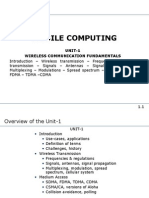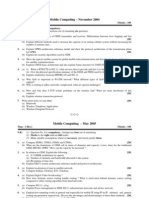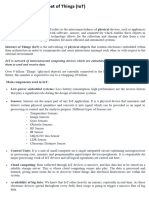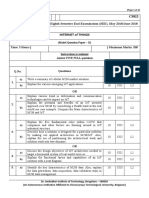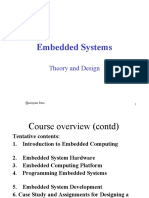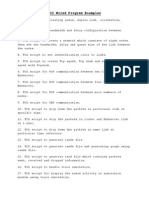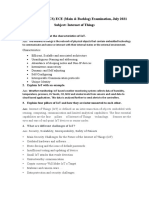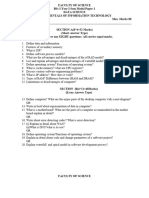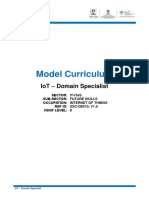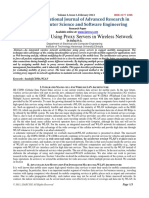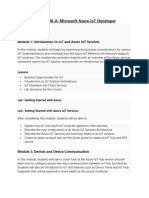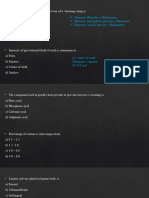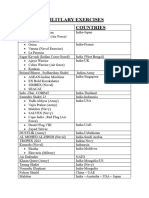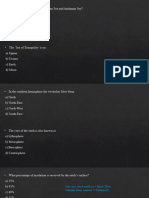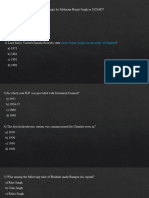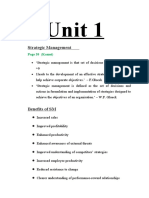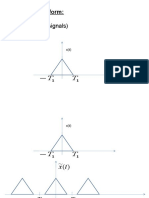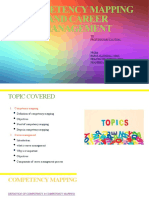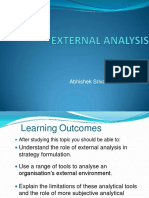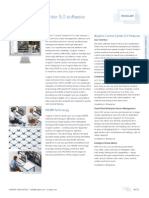0% found this document useful (0 votes)
376 views7 pagesMobile Computing Course Description Updated
This document provides information on the proposed course plan for a Mobile Computing course. It includes details such as the course coordinator, credit hours, semester, pre-requisites, objectives, outcomes, assessment, lecture plan, textbooks, and references. The objective is to equip students with fundamentals of mobile computing and design of mobile services. The course covers topics such as Android, Windows mobile development, WiFi, mobile IP, routing protocols, and emerging technologies. Assessment includes quizzes, projects, assignments and three term exams.
Uploaded by
Pragya ChakshooCopyright
© © All Rights Reserved
We take content rights seriously. If you suspect this is your content, claim it here.
Available Formats
Download as DOCX, PDF, TXT or read online on Scribd
0% found this document useful (0 votes)
376 views7 pagesMobile Computing Course Description Updated
This document provides information on the proposed course plan for a Mobile Computing course. It includes details such as the course coordinator, credit hours, semester, pre-requisites, objectives, outcomes, assessment, lecture plan, textbooks, and references. The objective is to equip students with fundamentals of mobile computing and design of mobile services. The course covers topics such as Android, Windows mobile development, WiFi, mobile IP, routing protocols, and emerging technologies. Assessment includes quizzes, projects, assignments and three term exams.
Uploaded by
Pragya ChakshooCopyright
© © All Rights Reserved
We take content rights seriously. If you suspect this is your content, claim it here.
Available Formats
Download as DOCX, PDF, TXT or read online on Scribd
/ 7






